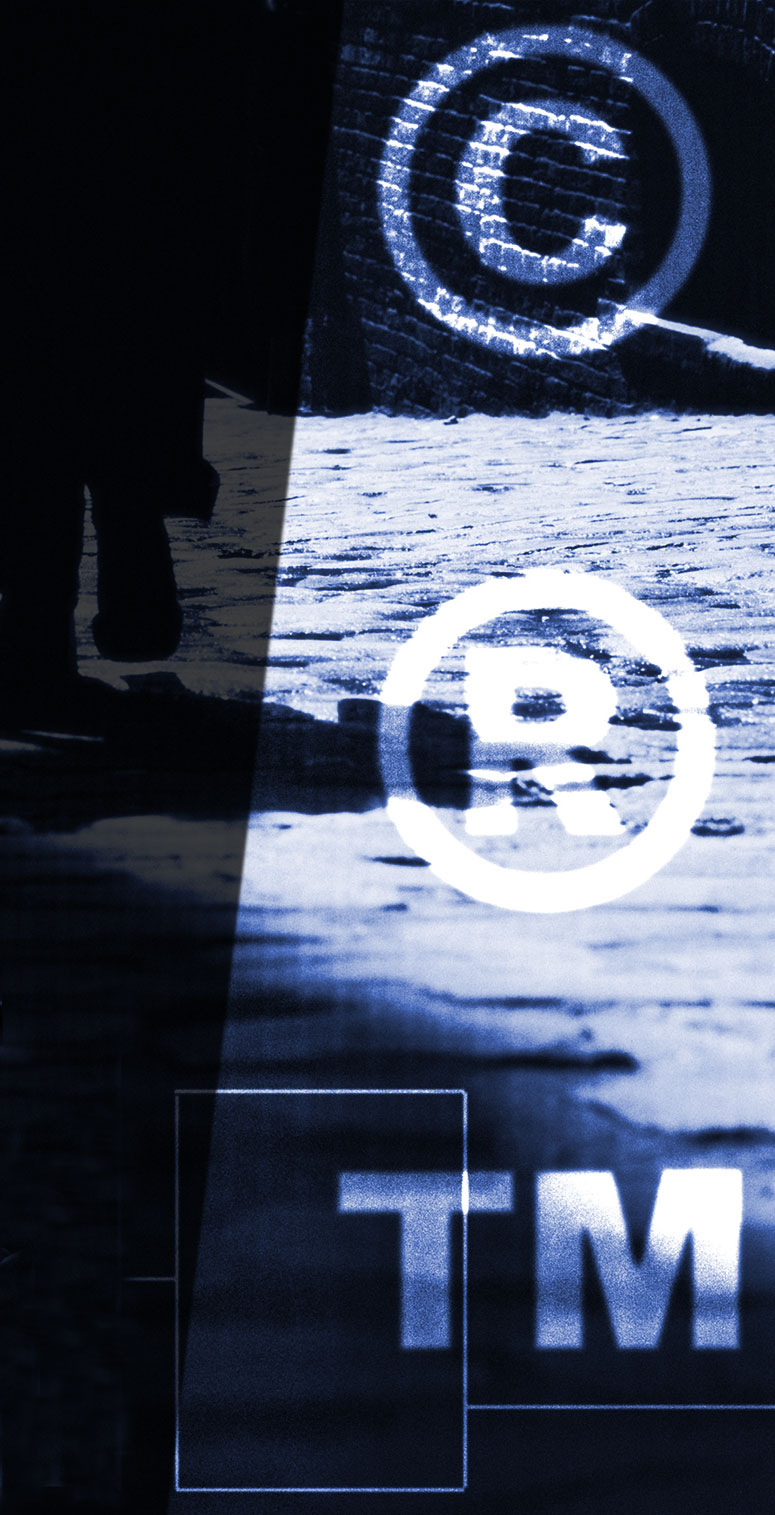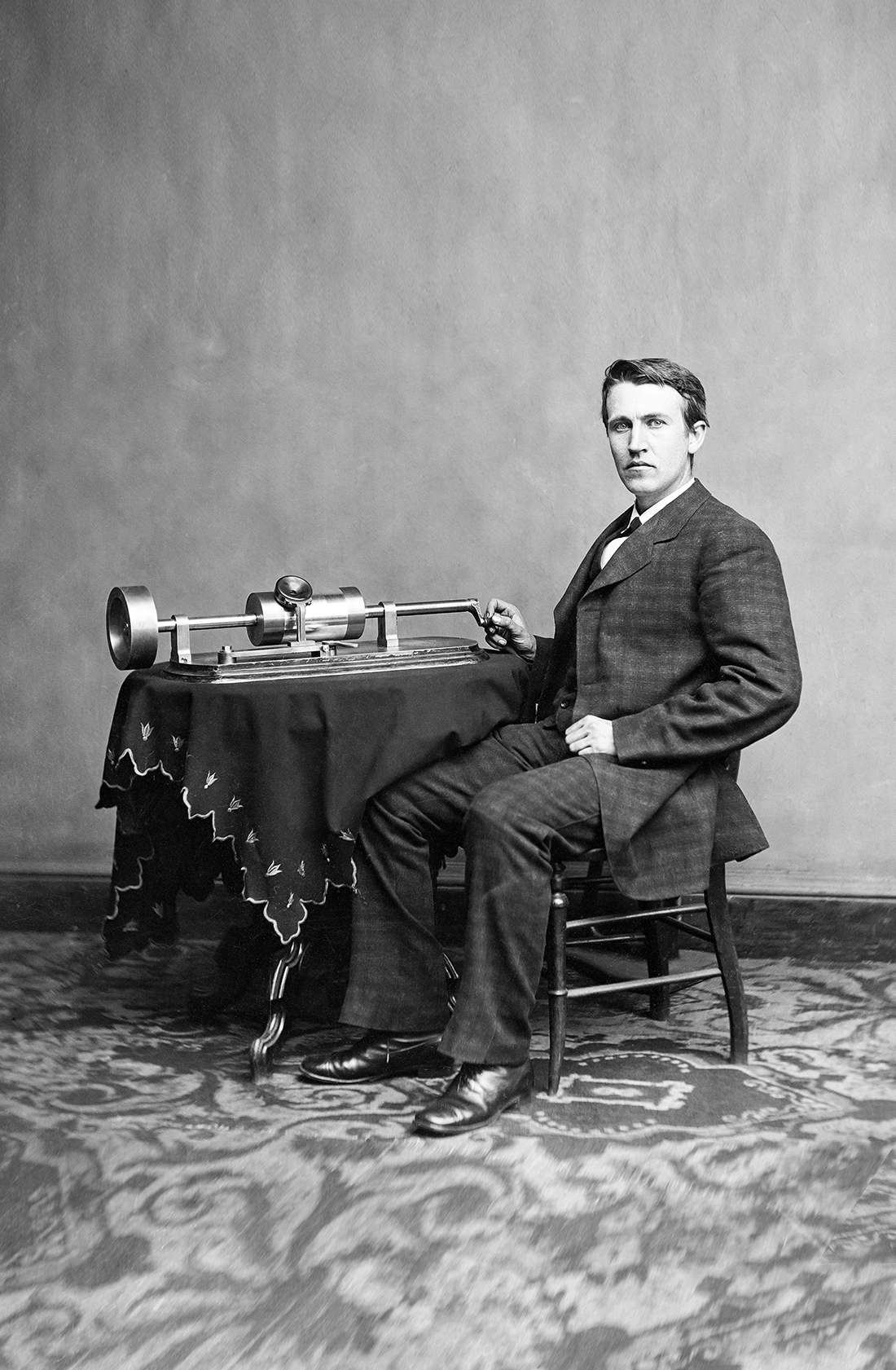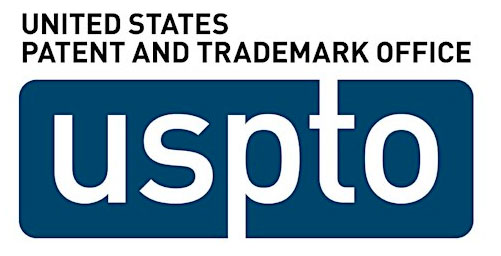Intellectual Property Law

Patents, Trade Marks, Intellectual Property
Pedersen and Company is a specialized intellectual property (IP) law firm. Our team works across a broad base of expertise to produce cost-effective IP solutions.

About Pedersen & Company
Pedersen and Company is a specialized intellectual property (IP) law firm. Our team of IP professionals and legal assistants works together across a broad base of expertise to produce cost-effective IP solutions in the areas of domestic and foreign patent, trademark, copyright, and trade secret issues, licenses and other contracts, and litigation.
Our engineering degrees and years of industrial experience enhance our understanding of the practicalities of design, manufacturing, marketing, operations, project economics, and other “real-world” concerns. Prior to our careers as intellectual property professionals, we earned Bachelor of Science degrees in engineering (chemical) and worked as engineers in industry, including in R & D, process development, and petroleum process plant start-up, operation, and trouble-shooting. Now, we serve clients by patent searching and preparing and prosecuting mechanical, chemical, process, and light-electrical patents, and by obtaining trademark and copyright protection that supplements the inventions and technology providing our clients their marketplace advantage. Our clients have included universities, businesses, and independent inventors, with portfolios in a wide variety of fields, for example, agriculture, food processing, wood products, household products, water filtration equipment and processes, analytical sensors, materials science, compositions of matter utilizing oil seeds and algae, chemical and nuclear processes, and recreational and sporting equipment and clothing, ammunition, and firearms. Ken’s practice currently focuses on intellectual property litigation, licensing, and trademark and copyright matters. Barbara’s practice is entirely patent writing and prosecution and advising clients regarding patenting strategy and layering of patent protection.
Our practice is built upon the philosophy that establishing strong, synergistic relationships with our clients ultimately strengthens their claims to valuable IP assets. At Pedersen and Company, we take great pride in helping our clients succeed and we are committed to seeing innovation delivered.

In his lifetime, Thomas Edison was awarded 1,093 U.S. patents across a wide variety of technologies. Including his foreign patents filed in other countries, his total is 2,332. His record wasn’t surpassed until 2003 by a Japanese inventor, 72 years after Edison’s final patent application. Some of Edison’s most famous patents are the light bulb, phonograph, motion picture camera, and storage battery. However, what makes Edison such an important figure in the world of invention isn’t the success of few patents, but instead is the depth and breadth of his work.
Patents
Patents are a form of intellectual property protection offered to inventors by the United States government. An issued patent grants an exclusive property right to an invention for a period of generally 20 years.
Trademark
A trademark is a word, phrase, symbol or design, or any combination that distinguishes one product or service from another. A servicemark is a form of trademark used to distinguish a service.
Copyright
Copyright is a form of intellectual property protection provided by the US government to authors of original works. Literary, dramatic, musical, artistic, and certain other intellectual works may be afforded copyright protection.
Years in Business
Patents Issued
Trademarks Filed

New Or Small Companies
Intellectual Property
New or small businesses, including sole proprietorships, often have special challenges with intellectual property–that is, with trade secrets, patents, trademarks and copyrights. Typically, smaller businesses receive little advice prior to and during start-up, and important intellectual property issues may not receive much attention. Still, whether the small business is involved primarily with goods or services, helping your client take a few simple steps will assist the company in putting its intellectual property house in order.
Read On
First, it is important for the company owners and employees to understand the concept and value of confidential information. Almost every company has trade secrets. For example, information regarding sources and costs for materials and supplies, manufacturing and operations methods, customer lists and prices, etc. is usually secret and valuable to the company. These trade secrets should be identified, inventoried and protected from unauthorized disclosure. A trade secret will be lost by making it public, so employees, vendors and visitors should sign non-disclosure agreements, and receive proprietary information on a need-to-know basis only.
Second, possibly new equipment, materials and methods should be considered for patent protection. There is a trade-off between protecting trade secret information and disclosing the invention in patents, which are public documents. However, inventions which may be readily reverse-engineered or independently developed should be considered good candidates for patent protection. Also, it is important to screen possibly patentable subject matter promptly, because patent rights can be waived in the U.S. if no patent application is filed within 1 (one) year of first public use or sale. In many foreign countries, this waiver of the right to patent occurs immediately upon the first public use or sale, if no patent application has been filed. Commercial use, even in secret, has been held to be “public use” for the purpose of this waiver of right.
Regarding trademarks and trade names, it is important to not approve a company name or a product or service name for your client which may be similar to someone else’s trademark. Therefore, a trademark “search and clear” operation is recommended, in addition to the typical Secretary of State’s clearance, when adopting a business name. A trademark “search and clear” is also important for names of products and services, as others’ trademarks may apply to multiple products, services, and even across multiple trademark classes. Once the name is adopted, a federal trademark registration will discourage subsequent adoption of the same or similar name, even by remote or unrelated third parties.
Regarding copyrights, it is important for a company to own the rights to its logo, ad copy and in-house or customized computer programs. As a result of case law, the “work for hire” doctrine is understood now to be interpreted restrictively, applying only to work of common law employees within the scope of their employment, and specifically commissioned, in-writing, works in specific listed categories. Therefore, assignments of copyrights from outside visual artists, ad agencies and computer programmers should be obtained.
With these concepts in mind, you can easily help your new or small company client stock up with its own intellectual property rights. Then, also with your help in being aware of and not infringing the intellectual property rights of others, your client can effectively focus on building the business, rather than having to resolve possibly unnecessary intellectual property disputes.
Patent Application
Patents are a form of intellectual property protection offered to inventors by the United States government. An issued patent grants an exclusive property right to make, use or sell an invention for a period of generally 20 years in the U.S. A patent may be traded, licensed or sold at the discretion of the patent owner(s). The issuing of property rights to inventions through patents was established to promote technological and industrial innovation.


I am impressed with the transformations produced yesterday! You brought joy and tranquility to this inventor’s being. We have something great here. Now we must engage in the process. – RK
I cannot imagine making the concept and advantage more clear than your examples do. Very nice description….. I want you to know how much I appreciate your extra efforts and diligence in trying both to fully understand the invention and to communicate it clearly to the PTO. – BB
I have nothing but great things to say about this company. They helped me secure my patent and also my trademark in a professional and timely manner. These people know their business and do it very well! – NM

Every year thousands of Independent Inventors, like yourself, are targeted by unscrupulous invention promotion, marketing and licensing firms. These firms take advantage of an inventor’s enthusiasm for their product. They not only solicit inventors with exaggerated promises to obtain valuable patents but they make false claims about the potential market success of those inventions. These firms provide you with basic market research at a large fee and ultimately obtaining an overly narrow or useless patent that is worthless in the marketplace. Remember, if it sounds too good to be true, it probably is. Please read this brochure published by the USPTO!
